Stylonthus Scabra Grass – 0.5 Kg Seeds
₹1,055.00 Original price was: ₹1,055.00.₹855.00Current price is: ₹855.00.
(MRP Inclusive of all taxes)
- Shipping Rs 100 for entire order
- Dispatch in 8-10 days
- Country of origin: India
Description for Stylonthus Scabra Grass
A tall (up to 2 m), shrubby, perennial legume, erect to suberect, with strong, woody stems, usually densely hairy and viscid, making them sticky under hot, dry conditions. Stems vary in colour from pale green to dark blue-green, brown or reddish depending on the strain. Leaves trifoliate. Leaflets hairy on both surfaces, varying in shape from elliptic to oblong-lanceolate and in colour from pale green to dark green and dark blue-green.
Planting and care
The seed planted on the surface of a recently burnt area will soften rapidly under the influence of a hot sun. It is generally ready to germinate after the first rain.The rate of softening is slower, and it is normal to scarify half the sample by depodding prior to planting.
Caring for Stylonthus Scabra Grass
- S. scabra is very drought tolerant; plants that have received no rain since the previous April will shoot with the rising temperatures.
- While best adapted to infertile, acid, sandy-surfaced soil, especially solodics, shrubby stylo is more versatile in its soil requirements than most stylos and at times will grow in heavier textured, less acid soils.
- Spreads readily and widely on some soil types. especially sandy surfaced solodics, but spread on soils with hard-setting surfaces.
- Suited to aerial seeding or ground spreading, depending on the sophistication of the farming system.
Typical uses of Stylonthus Scabra Grass
Special features: Mainly used as perennial pasture, in association with sown and native grasses. Used for cut-and-carry in some countries. Young regrowth has qualities that suggest value for fodder conservation. Agroforestry potential providing shade not too intense.
Be the first to review “Stylonthus Scabra Grass – 0.5 Kg Seeds” Cancel reply
Related products
Flowering Plant Seeds (Imported / Hybrid)
Pot Vegetable Seeds
Flowering Plant Seeds (Imported / Hybrid)
Flowering Plant Seeds (Imported / Hybrid)
1+1 Marigold pusa basanti, Tagetes erecta pusa basanti – Desi Seeds
Flowering Plant Seeds (Imported / Hybrid)
Flowering Plant Seeds (Imported / Hybrid)
Flowering Plant Seeds (Imported / Hybrid)
Flowering Plant Seeds (Imported / Hybrid)



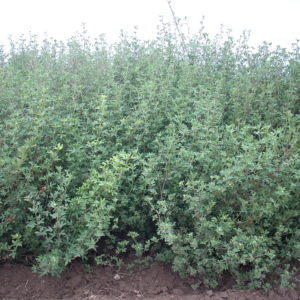
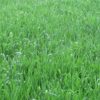
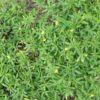
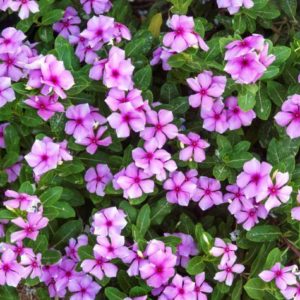
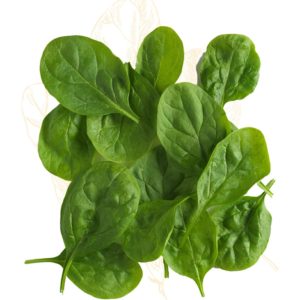
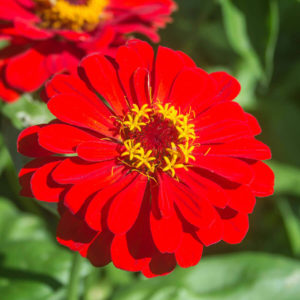
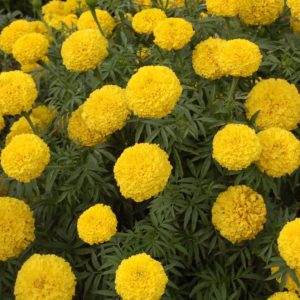
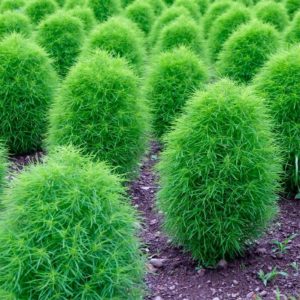
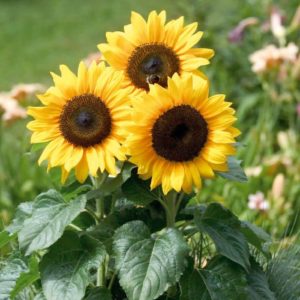
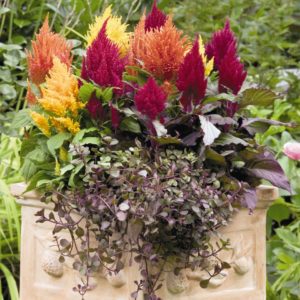

Reviews
There are no reviews yet.